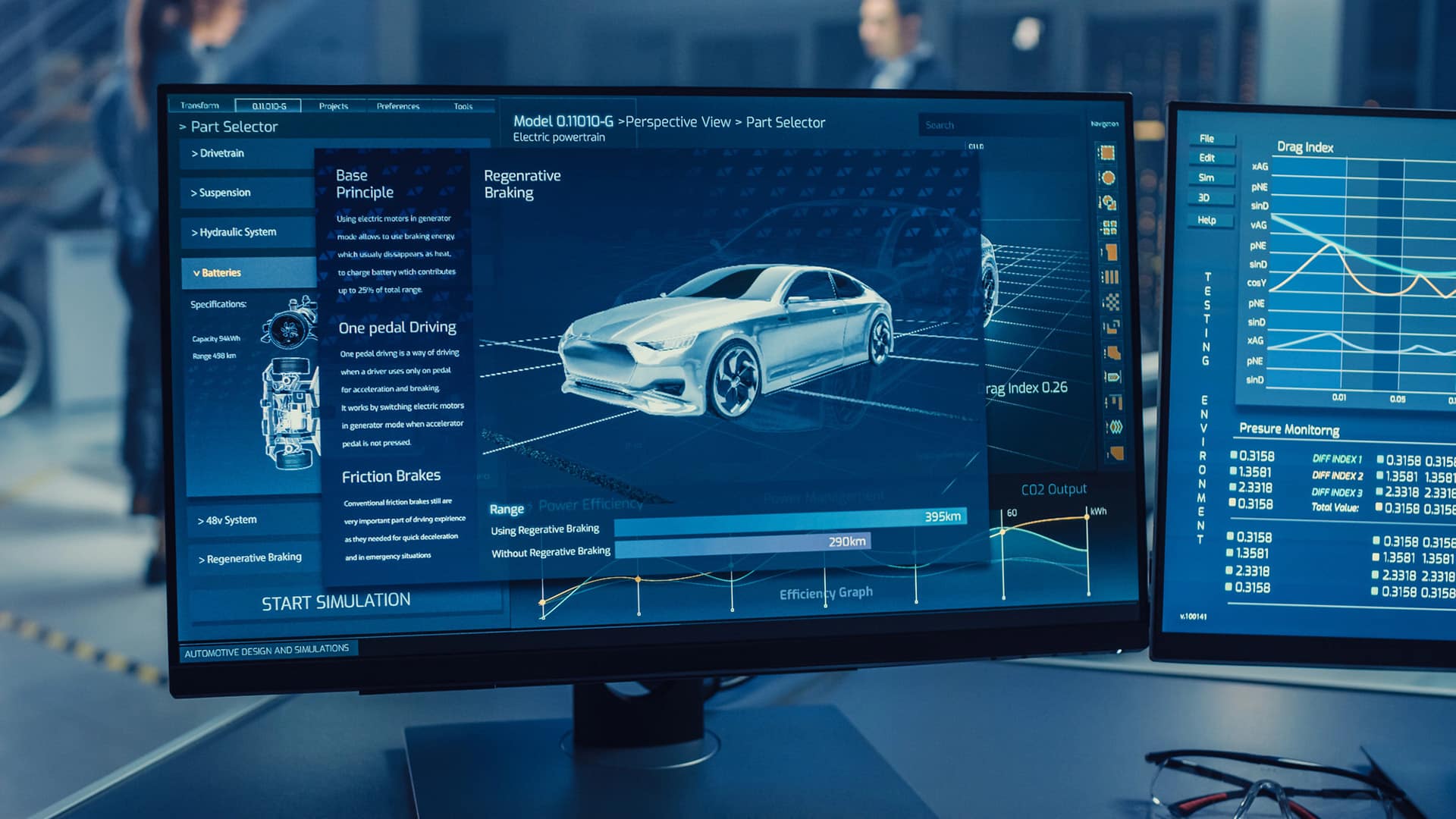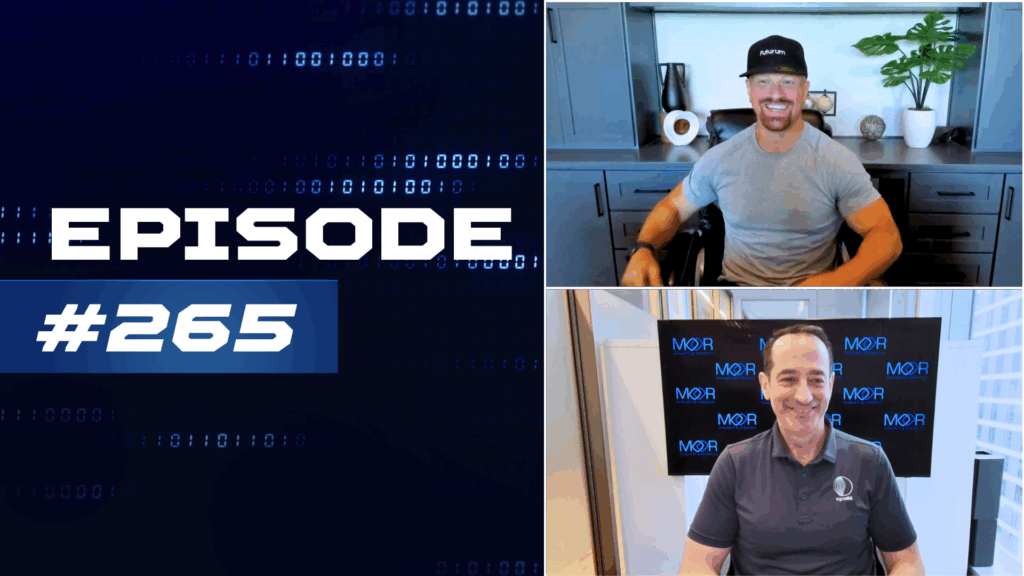Analyst(s): Olivier Blanchard
Publication Date: February 27, 2025
Arm has partnered with S2C, Xylon, and ZC Technology to develop a hybrid prototyping offering aimed at accelerating the transition to SDVs. By integrating Arm Cortex-R52+ automotive MCUs, this collaboration enhances ECU performance, reduces development risks, and supports next-gen E/E architecture. The initiative can position Arm as a key enabler of SDV innovation and MCU development.
What is Covered in this Article:
- Arm collaborates with S2C, Xylon, and ZC Technology to develop a hybrid prototyping offering for automotive microcontroller units (MCUs).
- The platform supports centralized and zonal electronic/electrical (E/E) architectures, enabling faster software validation and integration for Software-Defined Vehicles (SDVs).
- This collaboration reinforces Arm’s role in automotive compute, helping Original Equipment Manufacturers (OEMs) and Tier 1 suppliers accelerate SDV adoption.
The News: Arm has teamed up with S2C, Xylon, and ZC Technology to introduce a hybrid prototyping offering designed for next-generation automotive MCUs. This initiative aligns with the industry’s shift toward SDVs, aiming to streamline development cycles and minimize integration risks. The offering combines S2C’s Prodigy Prototyping system with Arm’s Cortex-R52+ processors, creating a reconfigurable and scalable testing platform for centralized and zonal E/E architectures. It also integrates Xylon’s high-speed bus interface IP and ZC Technology’s AUTOSAR-compliant real-time operating system, enhancing peripheral expansion, diagnostics, and performance monitoring. This collaboration is expected to help OEMs and Tier 1 suppliers assess emerging E/E architectures and accelerate the transition to SDVs.
Arm Team-Up Aims to Grow Revenues from Software-Defined Vehicles
Analyst Take: This partnership highlights Arm’s growing focus on the automotive industry, particularly in SDVs and next-gen E/E architectures. It also fits within Arm’s broader strategy to extend beyond mobile and into high-growth sectors such as automotive, data centers, and AI-driven compute. As ECU consolidation and the SDV transformation gain momentum, Arm is positioning itself as a key architecture provider for automakers shifting from traditional distributed systems to centralized and zonal designs. By enabling in-depth evaluation of new automotive architectures, this hybrid prototyping platform gives manufacturers the tools to explore innovative designs and achieve product differentiation.
Why Hybrid Prototyping Matters for ECU Consolidation and SDVs
The automotive industry is undergoing a major shift, moving away from distributed ECU-heavy systems toward centralized architectures that rely on high-performance, software-defined controllers. However, this transition presents challenges in integration, real-time performance, and functional safety compliance – precisely the issues Arm’s hybrid prototyping offering aims to address.
By incorporating S2C’s Prodigy Prototyping system with Arm Cortex-R52+ MCUs, the platform allows for early-stage validation of software-defined features, significantly reducing development risks and time-to-market. As modern SDVs require billions of lines of code and compliance with strict ISO 26262 safety standards, robust prototyping is essential. The inclusion of Xylon’s high-speed bus interface IP and ZC Technology’s AUTOSAR-compliant real-time operating system further strengthens the platform by enabling seamless peripheral expansion, enhanced diagnostics, and real-time performance monitoring.
Arm’s Expanding Role and Ambitions in the Automotive Sector
Arm has been steadily increasing its presence in the automotive semiconductor market. Currently, we estimate that Arm IP can be found in roughly 93% of software-defined vehicles, with automotive-related royalties accounting for 8% of the company’s total revenue in Q3 FY 2025. During its earnings call, Arm’s leadership emphasized the growing importance of AI, real-time computing, and safety-critical workloads in automotive applications – key areas where its IP is becoming integral to next-generation vehicle platforms.
This collaboration with S2C, Xylon, and ZC Technology aligns with this trend, providing OEMs and Tier 1 suppliers with the capability to evaluate E/E architectures, optimize software-defined features, and test real-time workloads earlier in the development process.
Arm’s strategy in automotive revolves around delivering high-performance, energy-efficient MCUs that support advanced driver assistance systems (ADAS), real-time safety features, and software-defined architectures. Automakers are increasingly adopting Arm-based offerings for AI-driven and autonomous vehicle platforms, extending Arm’s influence beyond infotainment and body electronics into the core of modern vehicle computing. As the industry shifts to zonal and centralized E/E architectures, reliance on Arm-based MCUs is expected to grow, potentially boosting Arm’s long-term automotive revenue.
In Summary
Arm’s partnership with S2C, Xylon, and ZC Technology reinforces its role as a leading player in automotive compute, driving SDV transformation, ECU consolidation, and next-gen E/E architectures. By supporting real-time processing and AI-driven workloads, this collaboration strengthens Arm’s position as a foundational technology provider for software-defined automotive innovation.
What to Watch:
- The success of Arm’s hybrid prototyping offering depends on OEM and Tier 1 adoption. Widespread implementation will be influenced by how quickly automakers shift from distributed ECUs to centralized and zonal architectures.
- Competing prototyping and simulation offerings from semiconductor and software vendors could challenge Arm’s market penetration.
- Automotive software complexity is increasing, and the ability of S2C’s Prodigy Prototyping system to support large-scale, real-time workloads will be crucial in determining its effectiveness for SDV development.
- Regulatory and compliance factors, including functional safety requirements and automakers’ willingness to transition away from legacy architectures, could impact the adoption timeline of this offering.
See the complete press release on Arm’s hybrid prototyping collaboration for Software-Defined Vehicles.
Disclosure: The Futurum Group is a research and advisory firm that engages or has engaged in research, analysis, and advisory services with many technology companies, including those mentioned in this article. The author does not hold any equity positions with any company mentioned in this article.
Analysis and opinions expressed herein are specific to the analyst individually and data and other information that might have been provided for validation, not those of The Futurum Group as a whole.
Other insights from The Futurum Group:
Arm Reports Record Q3 Revenue as Armv9 and CSS Adoption Accelerates
How Arm is Powering the Next Generation of AI-Enabled Vehicles – Six Five On The Road at CES 2025
Talking NVIDIA, Arm & Qualcomm, Google, & More
Author Information
Olivier Blanchard is Research Director, Intelligent Devices. He covers edge semiconductors and intelligent AI-capable devices for Futurum. In addition to having co-authored several books about digital transformation and AI with Futurum Group CEO Daniel Newman, Blanchard brings considerable experience demystifying new and emerging technologies, advising clients on how best to future-proof their organizations, and helping maximize the positive impacts of technology disruption while mitigating their potentially negative effects. Follow his extended analysis on X and LinkedIn.





